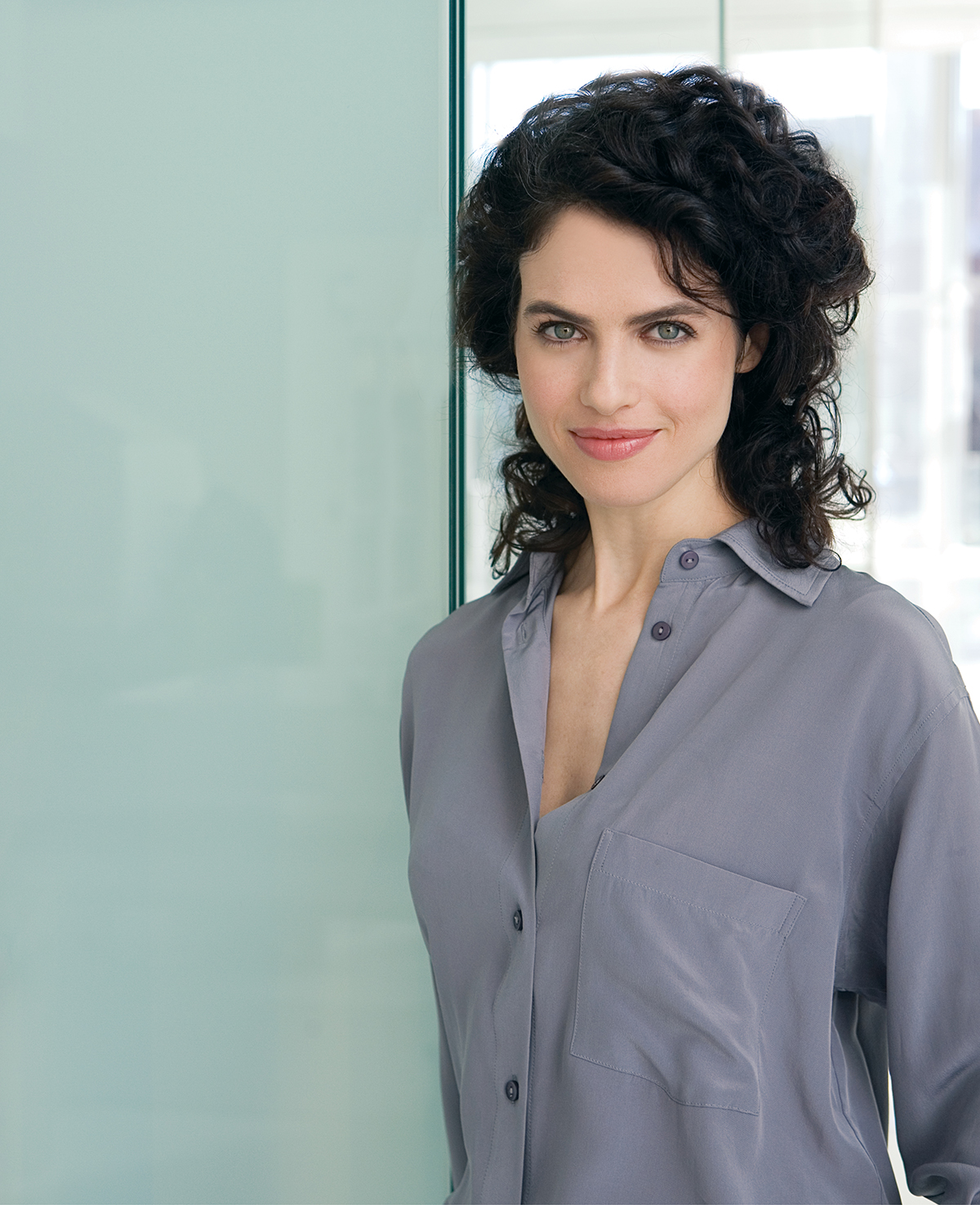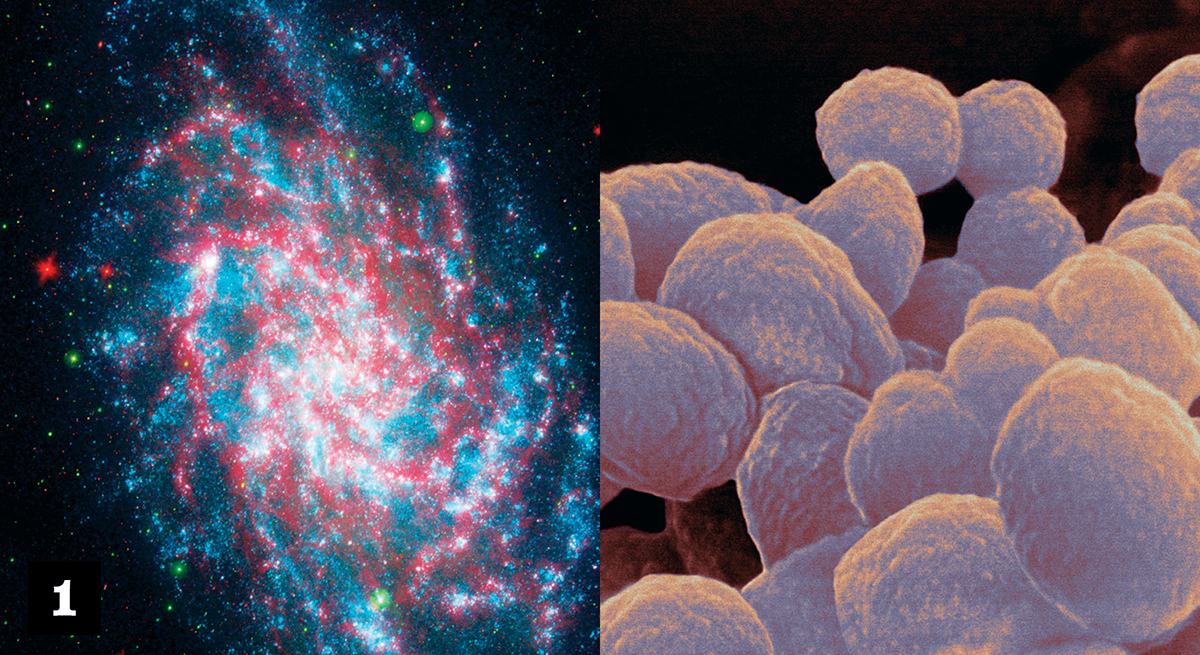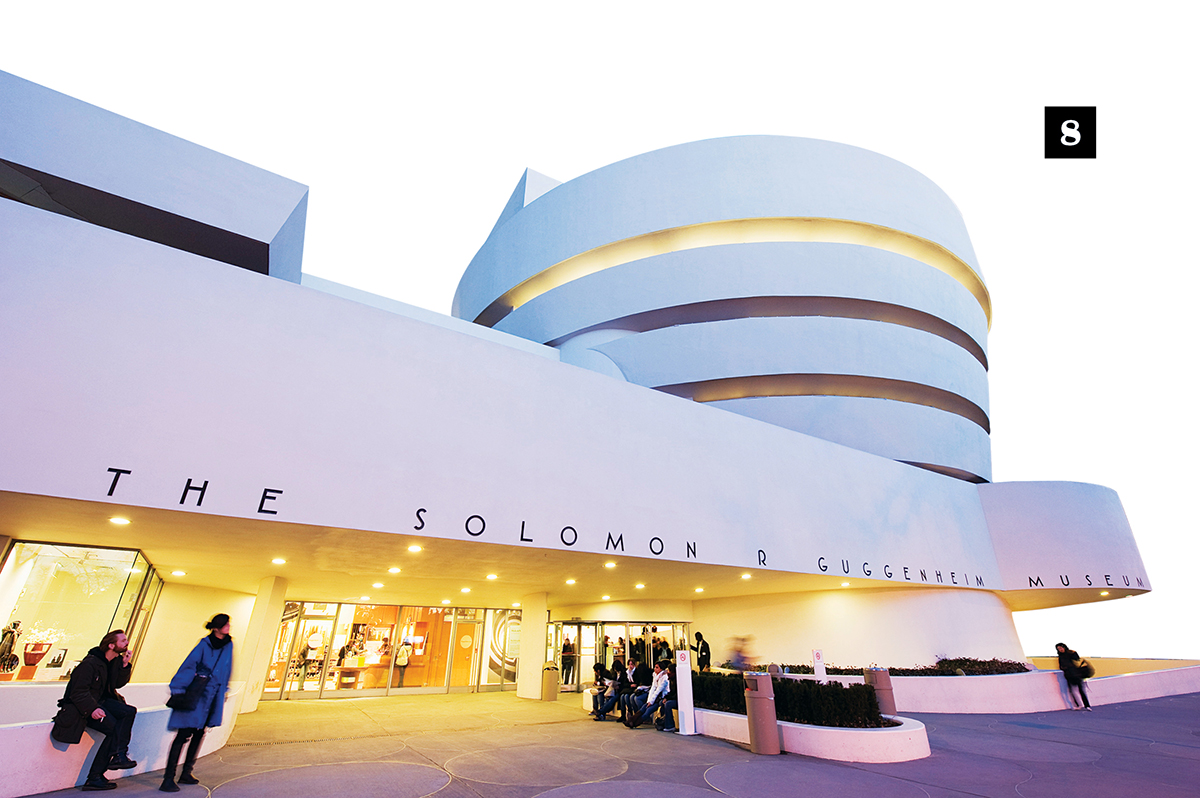Brain-Stormer
ARCHITECT, DESIGNER, AND PROFESSOR Neri Oxman is obsessed with anything in nature, but for the moment she’s talking bones. She marvels at how the structure is like the body’s own perfect 3-D fabrication machine. “In nature, there is no separation between design, engineering, and fabrication; the bone does it all,” she says.
Oxman leads the Mediated Matter research group at the MIT Media Laboratory, which focuses on design processes inspired by the natural world. Her striking work, ranging from a customized light-shading system to adaptive furniture, has been exhibited extensively at such institutions as the Museum of Science and MoMA. Oxman is currently exploring how to make concrete as if it were natural tissue, working with her team to create a variable-density, 3-D concrete printer inspired by bone growth.
“This kind of design calls for an integration of processes and of disciplines,” she says, speaking with an ease that suggests it’s somehow nothing at all to revolutionize how we think about the origin and design of materials.
So, what inspires her? Let’s have a look, shall we?
1 Oxman finds a distinct appeal in the contrast between micro and macro, like the Hubble photos of infant stars juxtaposed with electron micrographs of Jurassic nanobes, the smallest life forms on earth.
2 Physicist -Richard Feynman’s “joie de vivre and insight is contagious, and should be celebrated by anyone who wishes to live and think creatively,” says Oxman, who regularly reads Feynman’s work and watches archival footage of his interviews on YouTube.
3 Some of -Oxman’s favorite music includes Beethoven’s late quartets. “These works begin with a consistent musical idea and culminate [in] a sequence of movements that outstrip their original structure sublimely to a point where it is almost -impossible to trace the various elements from which it was comprised to begin with. This would be analogous to all of nature’s architectures.”
4 Gazpacho, Oxman says, beautifully demonstrates how you can combine separate things to get a unified sensory experience. “It’s the erosion and transformation of ingredients into formless, amorphous fractions of an elusive whole sensed by the mouth, not by the eye. I am inspired by alchemy, and all things continuous, uninterrupted and effortlessly fused into wholes.”
5 The sight of trees bent under the weight of a New England blizzard is “nature’s church,” she says.
6 “[I love] -swimming in Walden Pond at peak fall foliage, when there is no way to differentiate -between the greens and reds. They are at once distinctive and so very much alike.”
7 Oxman has watched Ingmar Bergman’s Fanny och Alexander many times over the years. “All great cinema has the sense of the dynamic, the transitional, mixed with the mythical and the sense of ritual. It was full of self-renewing sensations and discoveries.”
8 Not surpris-ingly, Oxman basks in the work of fellow geniuses—particularly that of architect Frank Lloyd Wright. “He is the -ultimate case study in pure generative power sustained over decades. His autobiography is an inspiration to those who want to be in the world.”





